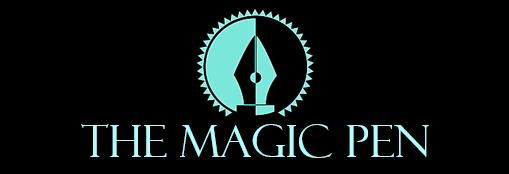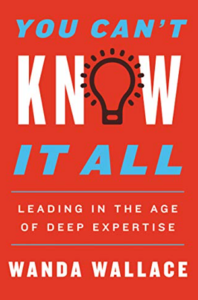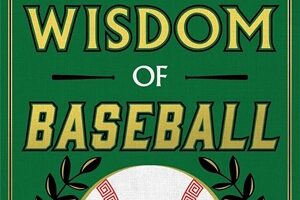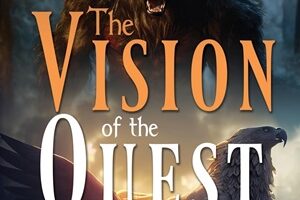
The second edition of Leadership: The Warrior’s Art edited and coauthored by Christopher Kolenda never disappoints. Part of the book’s effectiveness in approaching its set of topicalities is the fact it features the voices, professional, and personal opinions of numerous, revered and weighty intellectuals – including celebrated military personnel. Arguably the book is something of an A to Z guide on the effectiveness of good leadership, beginning with a meditation by Kolenda himself highlighting some timeless and classical ideas forming the nexus of what he perceives to be its core tenets.
RELATED URL: https://strategicleadersacademy.com/
He completes this with a preceding quote from Xenophon, stating: “Strong commanders are those who can impress upon their troops that they must be followed even through fire or danger of any kind . . . people follow because they recognize his qualities; it would be reasonable to say that a man like this goes to war with strength in his hand, since so many hands are prepared to obey his mind’s directions; and great indeed is the man who can use his mind rather than his physical might for great achievements.” This is followed up by effective sentiments such as the following. “It may seem old-school to discuss ancient Greek and Roman ideas of leadership. After all, haven’t things changed a bit over the last two millennia? Aren’t new insights on leadership necessary? The answers to these questions are both yes and no. Advances in technology and organization may require different competencies, but the essential human dimension of leadership remains constant.
Circumstances and context change, but human nature does not,” he states. “…Leadership is thus more than a process of gaining compliance through carrots and sticks or a magnetic personality. The extrinsic approach only works as long as the carrots and sticks are clear and present. Nor should leadership be reduced to a set of simplistic formulas, step-by-step models, ‘mystical’ leadership secrets, or maddening diagrams and flowcharts filled with today’s management jargon. Such simplifications miss the complexity that occurs when people of free will interact.”
This kind of generalized articulation lays the foundation for the rest of the reading experience, regardless of an expert’s own, individualized and dissenting opinion. Everything for the most part falls within the wheelhouse of the aforementioned quote, making the book an unusually well-structured, tonally consistent experience. You don’t always see this in compilations, as often the very nature of a book being a compilation of professionally informed opinions is supposed not to promote active consistency, except for a range falling within the rough limitations of the topical theme. But Leadership: The Warrior’s Art forsakes this, as after all there are certain core tenets specifically-speaking every party contributing to the text can agree are universal. “The ancients, of course, were not without faults and contradictions,” Kolenda writes. “Many philosophers and leaders held slaves while preaching moral equality.
AMAZON: https://www.amazon.com/dp/0811770079/ref=cm_sw_r_tw_dp_508J5VK9N8FT33HC1FZQ
They largely excluded women from political, educational, and economic life. Torture was not uncommon. Naked ambition, character assassination, and backstabbing were normal (just ask Julius Caesar!). These practices had their consequences, as many at the time pointed out. Despite these contradictions, the ideas that arose at that time are fundamental to the development of today’s leaders, stretching our minds and our practices toward something better and helping us be the best possible versions of ourselves.”
Cyrus Rhodes



























